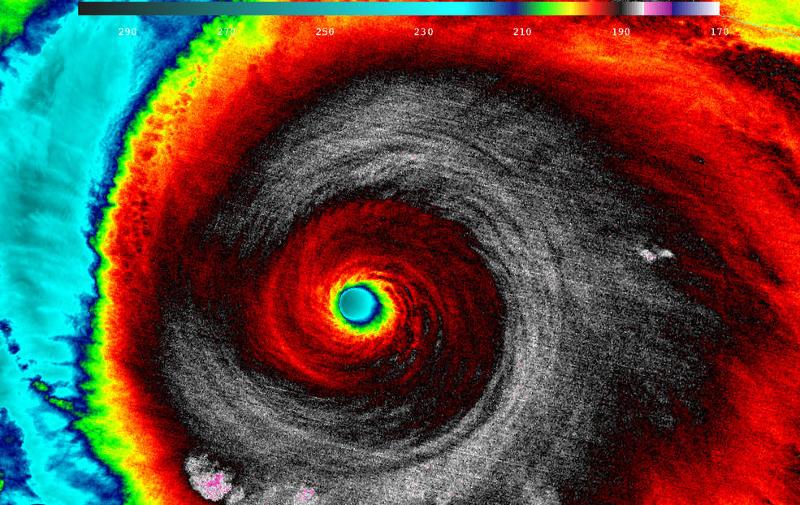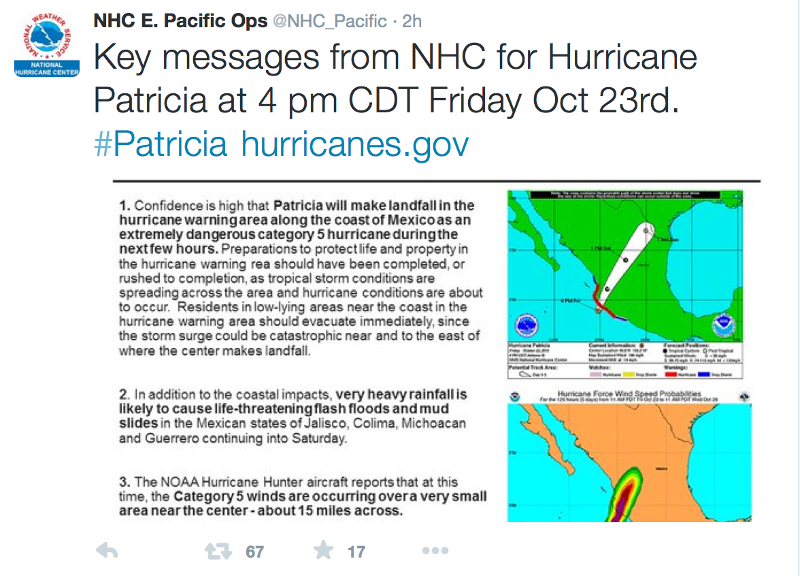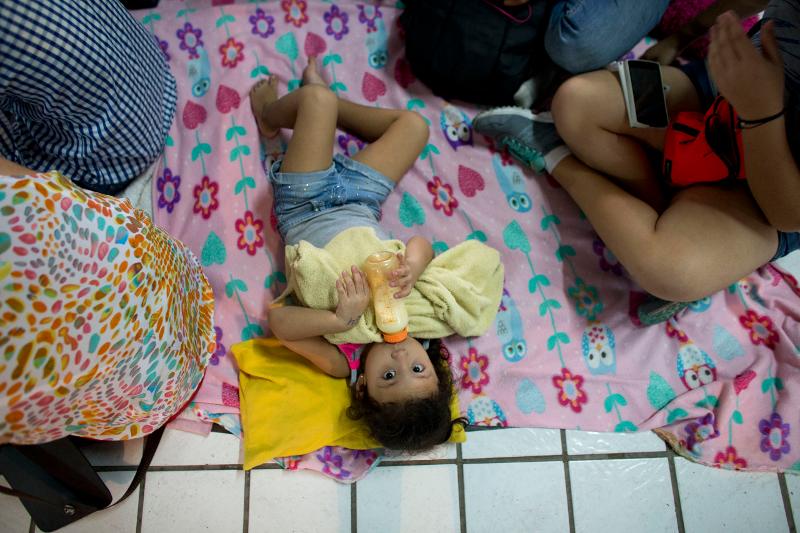strikes: How natural disasters affect travel

American tourists in Puerto Vallarta, Mexico, wait for a bus to take them to a shelter as Hurricane Patricia bears down. (Photo: Rebecca Blackwell/AP)
Hurricane Patricia, the strongest hurricane ever recorded in the Western Hemisphere, slammed into the southwest Mexican coast on Friday with winds of up to 200 miles per hour. The storm’s sheer power makes it “uncharted territory,” as meteorologist Jim Cantore of the Weather Channel said on Twitter. But complicating matters is its popular location: U.S. State Department officials estimate that tens of thousands of Americans may be living or traveling in Patricia’s path at such resort spots as Puerto Vallarta.
Natural disasters can wreak havoc on travelers in many ways, from the emotional letdown of a peaceful getaway being ruined to urgent safety concerns. While Hurricane Patricia is historic, a guide for how travelers can respond to it can be found in past disasters, such as the destructive earthquake that hit Nepal in April.
From proactive to reactive, here are factors to keep in mind for traveling during a natural disaster:

Satellite imagery of Hurricane Patricia provided by NASA. (Photo: William
Straka III/UW/CIMSS)
Straka III/UW/CIMSS)
Finding news and updates
Keeping updated on a disaster is often toughest to do soon after it occurs, when power is lost or cellular networks go down. So doing some research in advance about who to contact in an emergency is crucial.
Related: Hurricane-Proof Caribbean Vacations
The State Department, which was advising Americans about Patricia via its Twitter account and on its website, recommends Americans enroll in their Smart Traveler Enrollment Program, so they can find you when disaster strikes and let your family members know you’re OK. Also, it recommends remembering the location of the American embassy or consulate so you don’t need to search for it under duress.
When you know you’ll be traveling someplace susceptible to hurricanes or other storms, use resources such as the National Hurricane Center and the National Weather Service. Also, the State Department released an alert before this year’s hurricane and typhoon season with regional advisories.
Ashley Garrigus, a spokesperson for the State Department’s Bureau of Consular Affairs, also stressed the importance of listening to local authorities — that being Mexican authorities in the case of Patricia. It is from them that the U.S. government gets its own information about developments. It’s important not for just keeping up with the disaster, but any security concerns such as looting or violence happening near you.

A Twitter advisory from the National Hurricane Center. (Photo: NHC_Pacific/Twitter)
Transportation and evacuation
All of these can happen when a hurricane, earthquake, or other disaster hits: Flights get canceled, roads get closed, and ports are shut. Americans caught in the Mexican hurricane are going to want to leave immediately, but many will not be able to. They’ll just have to stock up on water and food and wait it out.
In extreme cases, the State Department can help Americans evacuate, as it did in 2013 when Super Typhoon Haiyan struck the Philippines. That came with support from the Department of Defense.
“We’ll sometimes work with the commercial airlines, so if people need to evacuate, we’ll help get people where they need to go or let them know if the airport is closed. Like with Mexican airports now,” Garrigus told Yahoo Travel. “In very extreme circumstances, if there are no commercial airlines available, the last resort is to evacuate.”
You can also consider enrolling with a service such as Global Rescue, which specializes in evacuating members from the world’s most dangerous places.
Finding shelter
Hurricane Patricia has turned luxury hotels such as the Grand Mayan Nuevo Vallarta into emergency shelters. Finding safe cover is paramount in any disaster, and it can be tough to find in the panic of the moment.
Social media is a great resource for knowing where to go, especially when it’s a disaster you can see coming such as a hurricane. For instance, on Friday the U.S. State Department published a list of 16 shelters around Puerto Vallarta on Facebook. You should also follow the Red Cross on Twitter — the organization is helping to provide shelter in the midst of the hurricane.

A family resting at a shelter run by the Red Cross in Puerto Vallarta. (Photo: Rebecca Blackwell/AP)
Hospitals and medical assistance
Getting medical help in a natural disaster can be highly challenging — there are factors such as swarmed hospitals (such as in the Nepal quake), damaged facilities, and not being covered for local health insurance.
Having travel insurance is one way to guarantee access to health care, though you’ll want to examine your policy closely to make sure you’re covered for the worst of emergencies. As always, do your research before you travel and know where the relevant hospitals are. And in case you need to be your own doctor, carry a first-aid kit with essentials such as fever-reducers and other medicines, water-purifying tablets, and ointments.
Communication
Landlines and cellular networks often go down in a disaster, leaving travelers with few options to reach out. Again, the State Department’s STEP program can help here — if you register with them, you can simply approach the nearest consulate and they’ll contact people for you. Or, if you’d rather do it yourself, invest in a good satellite messaging device. Two options are the Iridium phone and Cerberus.
WATCH: How to Dress for the Arctic in 13 Easy Steps
Let Yahoo Travel inspire you every day. Hang out with us on Facebook, Twitter, Instagram, and Pinterest. Check out our original adventure-travel series, A Broad Abroad.


No comments:
Post a Comment